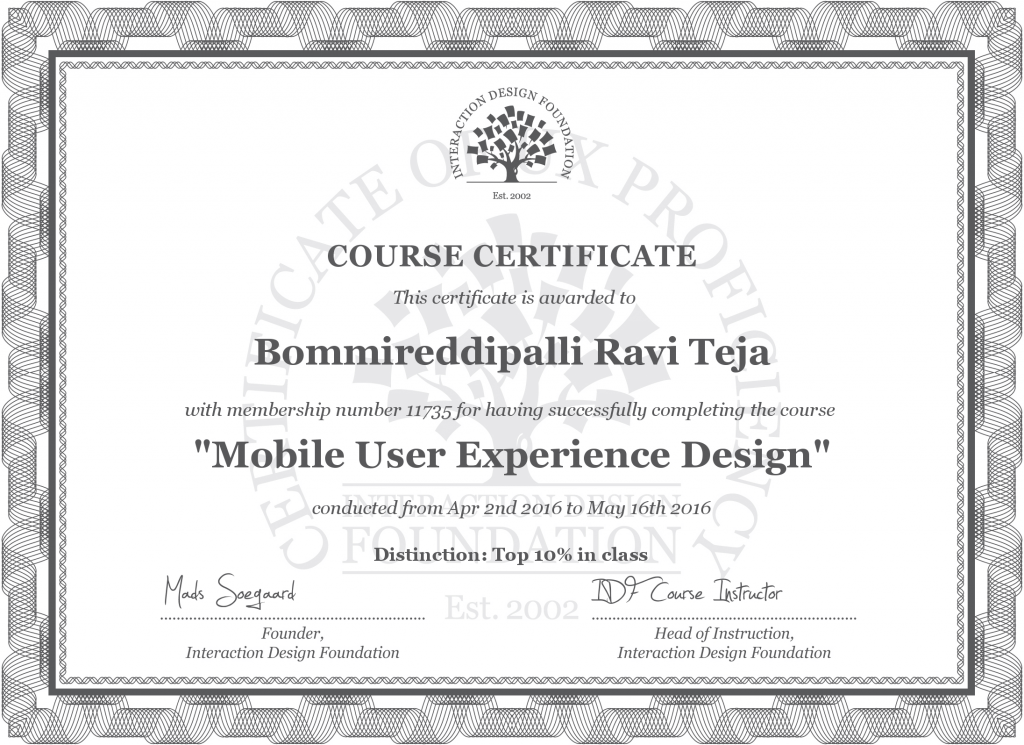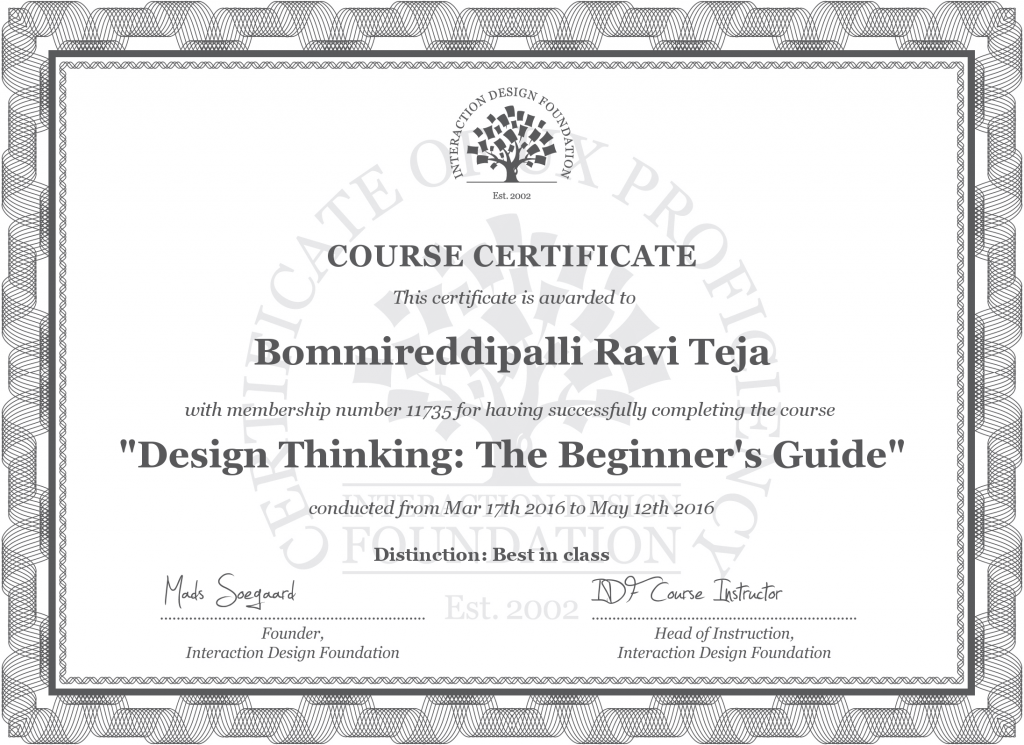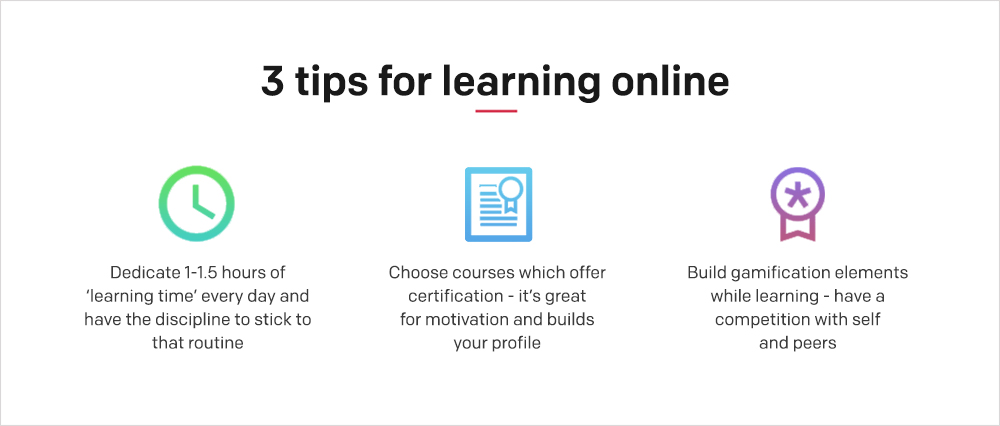Technology is part of a consumer’s everyday life, as it keeps our world connected. Thanks to technology we have come to expect all value providers – from businesses to government, to deliver personalized solutions on any device, anywhere in real time. It has also changed the way customers and businesses consume goods and services. It implies that the ways in which companies design and build their services must evolve to keep pace with the digital world.
In that context, Digital Transformation is imperative for all businesses. This message comes through loud and clear from every keynote, presentation, panel discussion, article, or study related to how businesses can remain competitive and relevant as the world becomes increasingly digital. What has thrown business leaders in a tizzy is a common understanding of what exactly ‘Digital Transformation’ means.
It is impossible to derive a single definition of ‘Digital Transformation’ that applies to all businesses. Digital Transformation will look different for different companies. We at Robosoft define Digital Transformation as:
The incorporation and unification of digital technology into all areas of a business resulting in positive changes in how businesses operate and deliver value.
Also, it’s a fundamental change in culture that requires organizations to continually challenge the status quo and experiment often.
But, why should Companies have Digital Transformation as a priority in their strategy? Pragmatic syllogism dictates- “because they have to”. It has become a survival issue for businesses in a digital savvy world. Howard King, in a contributed article for The Guardian, puts it this way:
“Businesses don’t transform by choice. Why would they want that? It is expensive and risky! They transform because they have no other alternative.”
The term ‘Digital Transformation’ is also often misunderstood as the application of ‘hyped’ or trending technology as the first step to solving any problem. At Robosoft we understand both the necessities as well as the risks surrounding Digital Transformation. That’s why when we work with our clients to implement Digital Transformation in their organizations, we do it based on the principles of a holistic problem-solving framework: Design Thinking.
The principles of ‘Design Thinking’ can be of great help to anyone trying to solve a problem or looking for better ways of getting work done. Design Thinking is a practical and creative method for problem-solving that has evolved from fields as varied as engineering, architecture and business.
Why Design Thinking?
The Design Thinking approach is especially useful for solving problems that require innovative solutions since it’s a powerful tool to tackle tasks that are unfamiliar or have never been done before. Problems and therefore innovative solutions seem to be apparent when you look at them from a distance.
“Design transcends innovation. It speaks to the politics of optimism.”
– Paul Bennett
How Design Thinking helps
Design thinking is a tool that helps to better conceptualize the tasks involved. It is a tool that helps us understand all the hidden loopholes and lets us have some measurable assessment while approaching a big project. It is a framework that lets us challenge the scope and narrowness of our thought process, and to push its boundaries. That is the key to transformation itself, and the basis upon which we construct our Digital Transformation strategies.
There has been considerable research around the process of adopting a Design Thinking approach to solve each specific kind of problem.
Define, research, ideate, prototype, choose, implement, and learn. These are the seven steps involved in one of the renditions of the Design Thinking process.
The steps aren’t linear – they can occur simultaneously and be repeated. A simpler expression of the process is Robert McKim’s phrase “Express–Test–Cycle”.
Another, five-phase description of the process is described by Christoph Meinel and Larry Leifer: (re)defining the problem, need-finding and benchmarking, ideating, building, testing.
Yet another way to look at it is Shewhart’s “Plan-Do-Study-Act” PDSA cycle.
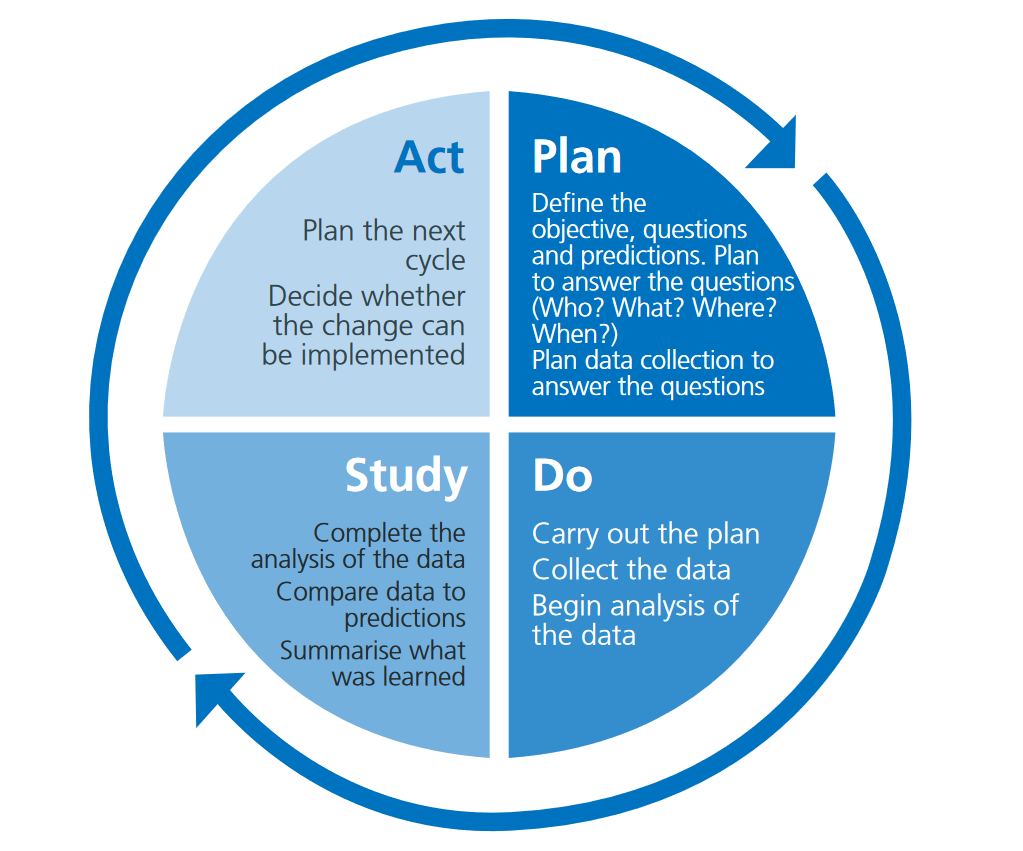
Image source: NHS
All the above approaches have their own merits and are applicable within various contexts. But the Design Thinking method shares a common, universal set of traits, mainly: Empathy, Iterativeness and Collaborative Approach.
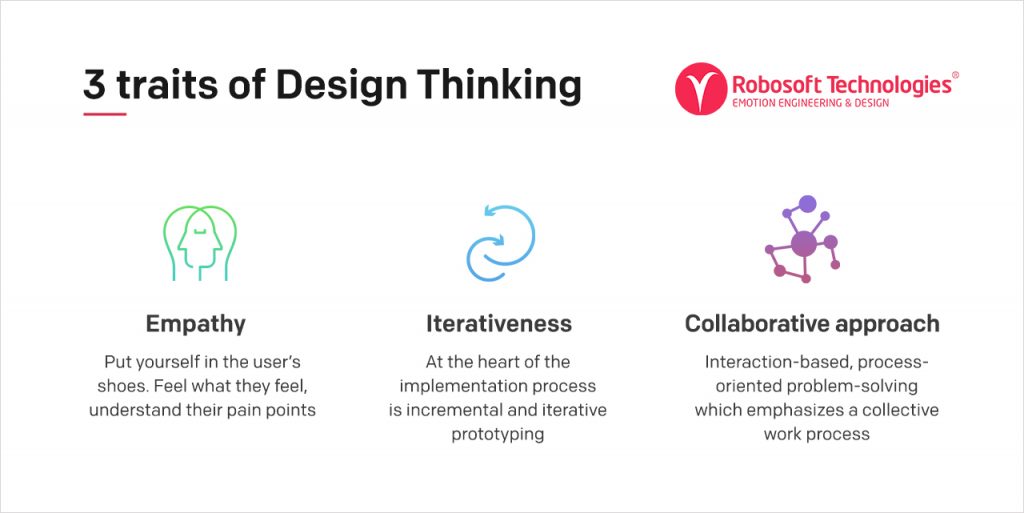
Empathy:
Organizations approach users with empathy, understanding about user’s troubles and grievances. The key here is for organizations to be able to put themselves in the user’s shoes; think what they think, feel what they feel, understanding the various pain-points for the users and be able to map these pain points in accordance to magnitude and scope of each.
It is not only about making things more efficient but about understanding people. Conventional research methods, like focus groups and surveys, can be useful in pointing towards incremental improvements, but those don’t usually lead to breakthroughs because these techniques simply ask people what they want.
It is important to understand that users may not always be able to fully comprehend their own needs or demands, because of their limited understanding of viabilities and feasibilities of possible solutions.
Therefore, the key is to put oneself in the user’s shoes and think from their perspective while also holding on to the knowledge and insights about the technologies that could make the solutions possible.
Henry Ford understood this when he said:
“If I’d asked my customers what they wanted, they’d have said ‘a faster horse.”
No one would have asked for a car.
Iterativeness:
Once the organization is done with understanding the pain points of the users, it formulates problem statements and works through them to think about solution ideas. When the best ideas generated during ideation are crystalized, the implementation process begins.
At the heart of the implementation process is incremental and iterative prototyping: converting concepts to realities, turning ideas into actual products and services; which are then tested, iterated, and refined.
With the Iterative approach, a manifestation of the Agile Development process, first the organizations do ‘just enough’ planning to get started with building the minimal feature set, formally called the ‘minimal viable product feature set’, which they go on to build.
Next, they test and review that small set and get it ready to ship. When that cycle is complete, we end up with a potentially shippable product.
Through the planning process, organizations are doing just enough planning to complete the next incremental release. Thus, one ends up with several incremental releases, and one just keeps repeating these incremental releases until the product is feature-complete.
Collaborative approach:
As discussed earlier, Digital Transformation looks different for every industry and every organization since each of these companies has unique operating procedures and standards and unique needs. Therefore, providing each company with customized Digital Transformation solutions involves a fair bit of innovation from digital advisors, as they must figure out how to tailor and personalize technological tools to satisfy unique customer problems.
Hence, the “collaborative approach”, advocated by the Design Thinking principle becomes essential. Collaboration is a philosophy of interaction-based, process-oriented problem-solving which emphasizes a collective work process for problem-solving, as opposed to cooperation, which emphasizes just interaction-based goal-oriented problem-solving. It should be understood that, in principle, cooperation is a subset activity of collaboration.
Understanding the innovations required in the Digital Transformation process of any company, the collaboration between technology providers, the client organization and the client’s end customer becomes very important. This is primarily because the notion of ‘lone innovator’ is a myth.
Innovation happens when people marshal their collective knowledge and insights to the process, working together as a creative group.
Secondly, most of the great solutions to vexing problems come from the edges of a domain. That is when knowledge domains conventionally thought of as ‘independent’ speak to each other, contributing their offerings to collectively solve some problem, the probability of innovation to occur increases significantly.
A classic example in respect to the principle that states, “Innovation happens at the intersection of disciplines” is that of Charles Darwin. Darwin was a geologist and collected a number of bird species from the Galápagos Islands. He kept poor notes of his collection and returned the birds and notes over to John Gould upon his return. Gould was an expert ornithologist and initially dismissed the birds as being normal. Gould later discovered that each species was in fact distinct. The example shows how Darwin, without the knowledge of ornithology, could contribute to the field without having the training or knowledge. Drawing analogies from this classic example, in order to get innovative solutions for Digital Transformation of companies, Design Thinking advocates that people from multiple disciplines should put their heads together and collaborate.
Based on work with over 300 clients, Robosoft specializes in deriving value from Design Thinking by being focused on analyzing the changing Digital Transformation needs of our clients and providing solutions for complex problems for small to large organizations. By using Design Thinking and Agile, companies can define and solve their Digital Transformation problems, by incorporating new functionalities using an iterative approach, which is transparent and minimizes risk. Whether the transformation is for business development, administration, operations, finance or marketing, whether you are trying to improve a process that simplifies the lives of employees or customers, or whether you are trying to make progress on a strategic initiative, Design Thinking is your answer to accelerate this business transfiguration. As the contexts change, organizations need to evolve faster than ever and keep redesigning themselves… everyday.


